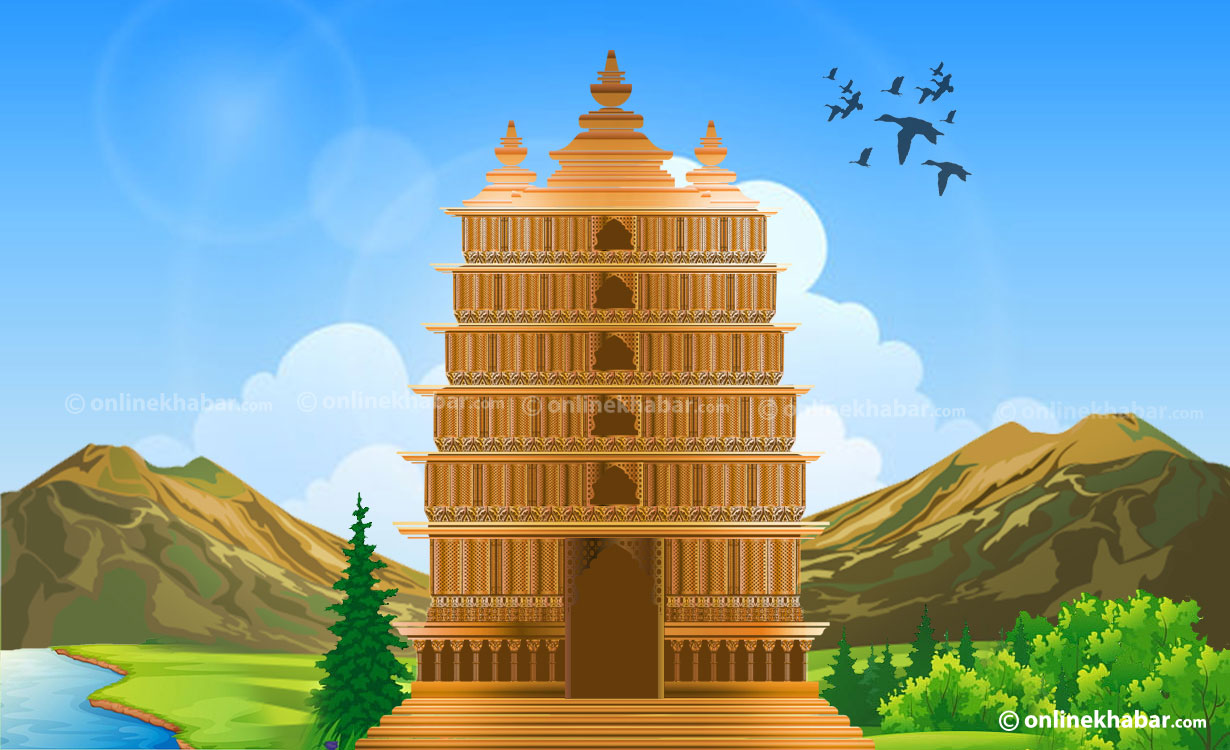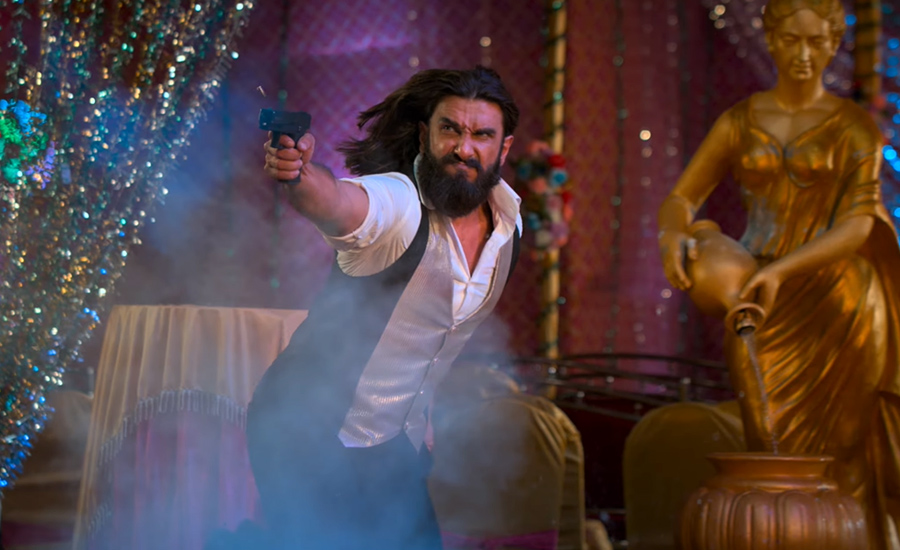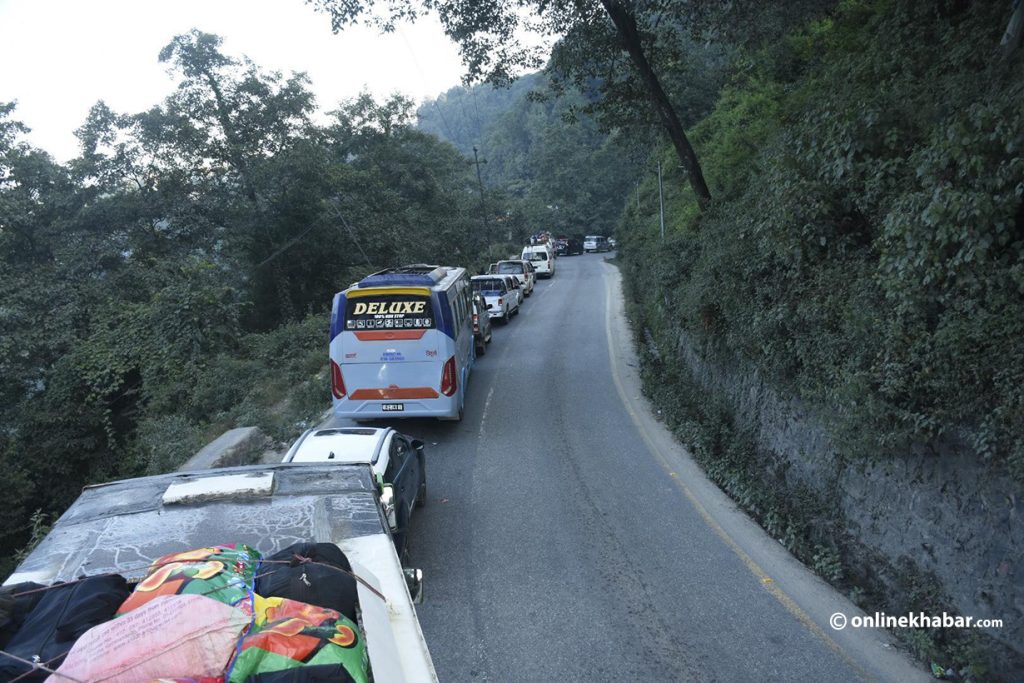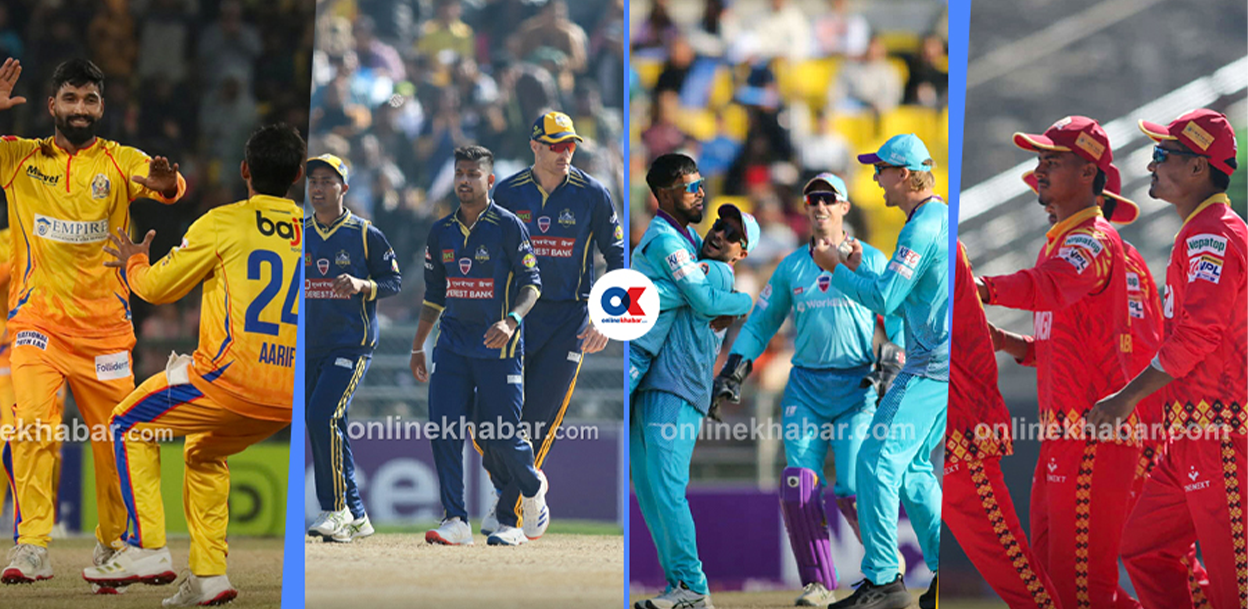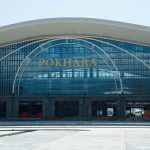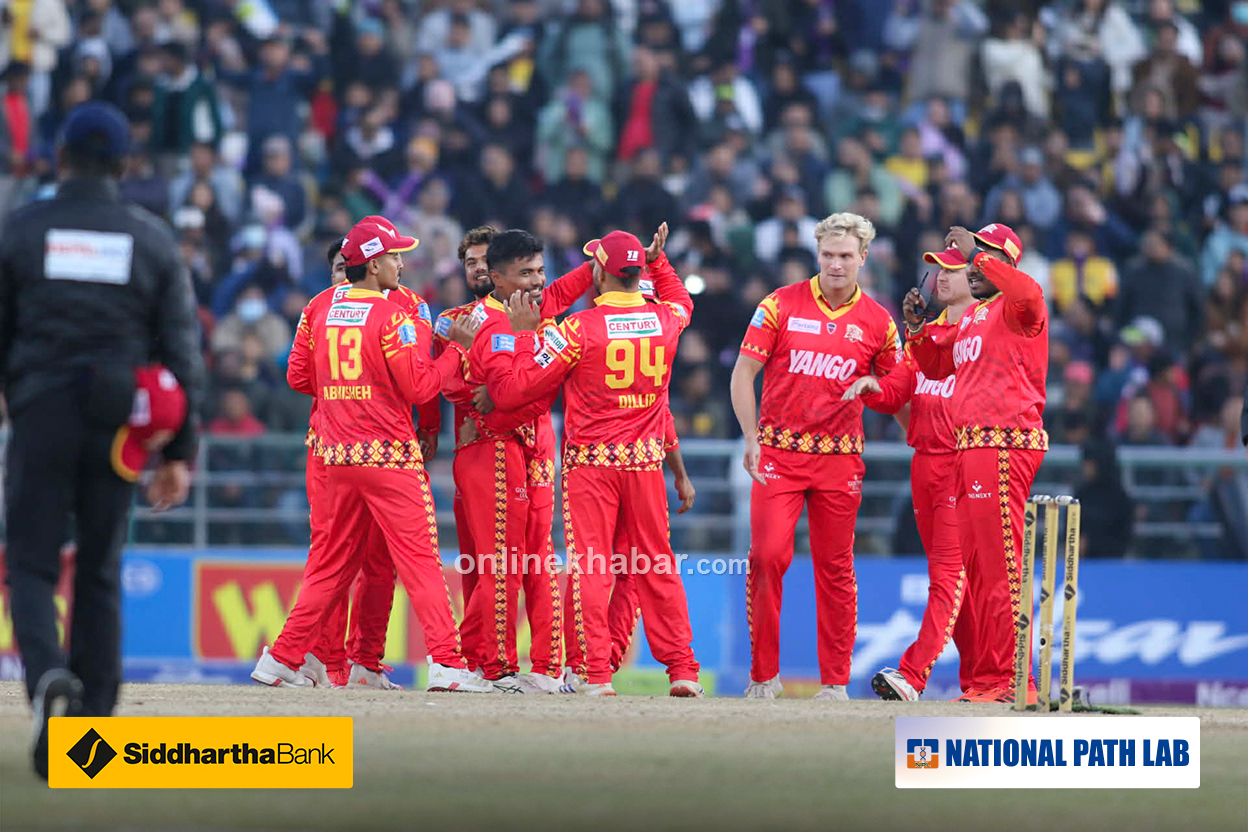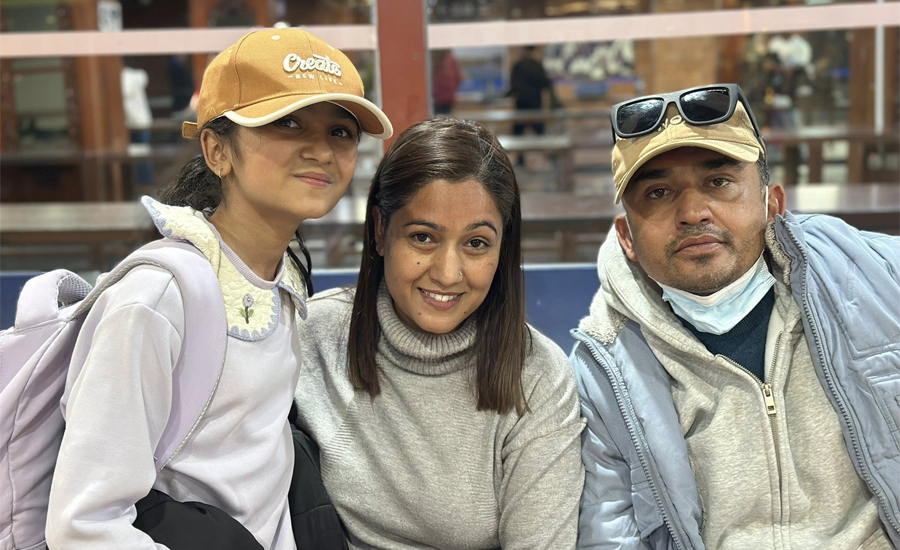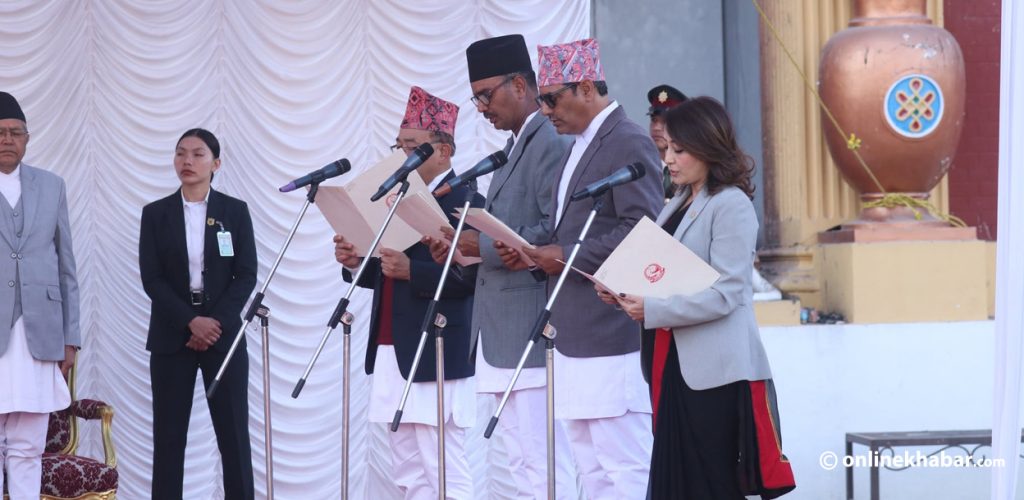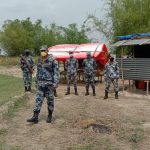It has been seven decades that the search for Kailashkut Palace, said to be one of the most commendable examples of architectural excellence in Nepal, began. But, its existence has not been confirmed even today.
After the end of the Rana regime in Nepal in 1950, the then home minister BP Koirala supported the establishment of Samshodhana Mandala, an organisation to find out historical evidence related to various events. The organisation led by Naya Raj Panta initiated a search for the palace built by King Amshuvarma.
During this time, the team debunked many claims made by international historians. However, even this team has been unable to determine a probable area for the excavation of the palace. Neither any literary piece nor any inscriptions have supported the claims of this palace’s location.
Was it at Handigaun?
However, there seems to be many claims and assumptions made by different historians and archaeologists. Among them, Tara Nath Mishra, Sudarshan Raj Tiwari, Thakur Lal Manandhar, Bhesh Narayan Dahal, Dhana Bajra Bajracharya, and Gyan Mani Nepal believe Handigaun area to be the location of the palace. These experts highly consider the bricks found in the area with ‘Mahasamantamshuvarmana’ and ‘Shree Mahasamantamshuvarmana’ inscribed on them as evidence for their claim.
Another inscription dated ‘Samvat 30′ mentions the coronation of King Amshuvarma and the positioning of the palace. Along with this, they also consider other items found dated around the time of the supposed constructions of the palace. Important two inscriptions in this regard are those found at Thatol Dabali in Handigaun, dated at around 606 AD and 608 AD. Contrary to the traditions though, these inscriptions do not include the messengers’ name instead and include only ‘Swayamaagya’ (meaning “by self”), hinting the palace must be quite close to the places where the inscriptions were found.
Considering all these as evidence, Jagadish Chandra Regmi states in his book ‘Lichhavi Itihaas’ that this claim has more supporters.
But, not set in stone
However, out of the many supporters of this claim, Chief of Central Department for Nepali History, Culture and Archaeology in the Tribhuvan University, Madan Kumar Rimal is of the view that the palace could be elsewhere too. Nothing can be set in stone without proof, he adds. Another with the same view is Shankar Man Rajbanshi.
But, according to Rimal, efforts should be made to look in the open space between and near Gahana Pokhari and Balmandir areas. This area, says Rimal, has a lot of historical importance as many items dated back to the Lichhavi period were excavated from here. He believes even Managriha, built by King Manadev, could also be located there.
Gautama Vajra Vajracharya and Mary Slusser, however, claim the palace must be around Kalechchhe Chok in Jaisidewal area of Kathmandu while many other historians believe it to be in Baluwakhani of Kapan. In Kapan, an inscription was found that mentioned it was issued by King Amshuvarma from Rajvihar. Claiming that Rajvihar is mentioned as the King’s Palace, many believe the Kailashkut to be here.
Meanwhile, another inscription found in Narayanchaur (Naxal) points out that Kailashkut’s location is near Chabahil.
Failed efforts
In the budget speech of 2018/9, the then Finance Minister Yubaraj Khatiwada allocated a fund for the search of Kailashkut Palace. Following that, the then Director-General at the Department of Archaeology, Bhesh Narayan Dahal, formed a committee of experts under him.
The committee consisted of Mishra, Tiwari, Rimal, and Ram Bahadur Kunwar. Based on their recommendations, a preliminary geophysical study of the Handigaun area was conducted last fiscal year under Dahal’s successor, Damodar Gautam. Gautam says the team found evidence of human settlement from the Lichhavi period there. However, the team did not find any evidence of the palace.
According to the Department Spokesperson Ram Bahadur Kunwar, the rapid urbanisation in Hadigaun area has had an impact on the possible archaeological digs and made it difficult to find any proof of the palace.
But, why did the search fail even after having the budget and team?
Among the few reasons, Rimal states first are the lack of inscriptions regarding the Kailashkut Palace and its [precise] location. Second is the rapid urbanisation in Kathmandu because of which possible archaeological excavations sites are now owned by people. The third is the lack of homework by the committee regarding the location and information from secondary sources.
Interest in the dig
After the restoration of democracy in 1990, historical studies expedited and it became possible to hypothesise the grandeur of the Kailashkut Palace. But, Nepal Academy’s academician and historian Dinesh Raj Panta says his father, Naya Raj Panta, showed interest in finding the palace as soon as the Samshodhana Mandala was established.
The majority of the inscriptions dated during King Amshuvarma’s reign were made in the Kailashkut Palace whereas other inscriptions were issued from Managriha before 605 AD.
The first of the inscriptions was the Bungamati inscription dated 605 AD. After that, inscriptions at Khopasi, Sanga, Baluwakhani of Kapan, Pashupati, Patan, Handigaun, all corroborate that they were made in the palace, during Amshuvarma’s reign. It suggests the palace should be in one of these locations.
The grandeur of Kailashkut Palace
Various descriptions of the Kailashkut Palace can be read in inscriptions found within the Kathmandu valley, and travelogues of Chinese travellers.
In the inscription of Sanga, it is mentioned that Kailashkut Palace reflects the beauty of the earth that makes everyone want to stare at it without blinking.
In the inscription of Narendra Dev at Anantalingeshwar, it is said, “Just like Kailash, experiencing the palace soothes the eye.” And, in the inscription of Narendra Dev at Bhansarhiti, it is written, “Like the glimmering mountain peak, the palace shines brightly.”
Likewise, Chinese traveller Wang Yuwen Xiale, who visited Kathmandu during King Narendra Dev’s reign, wrote, “There is a palace in Nepal’s capital with storey after storey. It is spread across 80 pu (about 470 feet). It is adorned with beautiful and precious jewels. The top floor can accommodate 10,000 people. The palace is built in three sections where each section has towers with seven stories. Its verandahs, ankhijhyal (windows), towers, and interiors are all decorated with jewels. The middle section is copper-plated and each tower has four canals made of copper on their four corners. The water from the canals flows out of the mouth of a golden goat at the bottom, like a fountain.”



